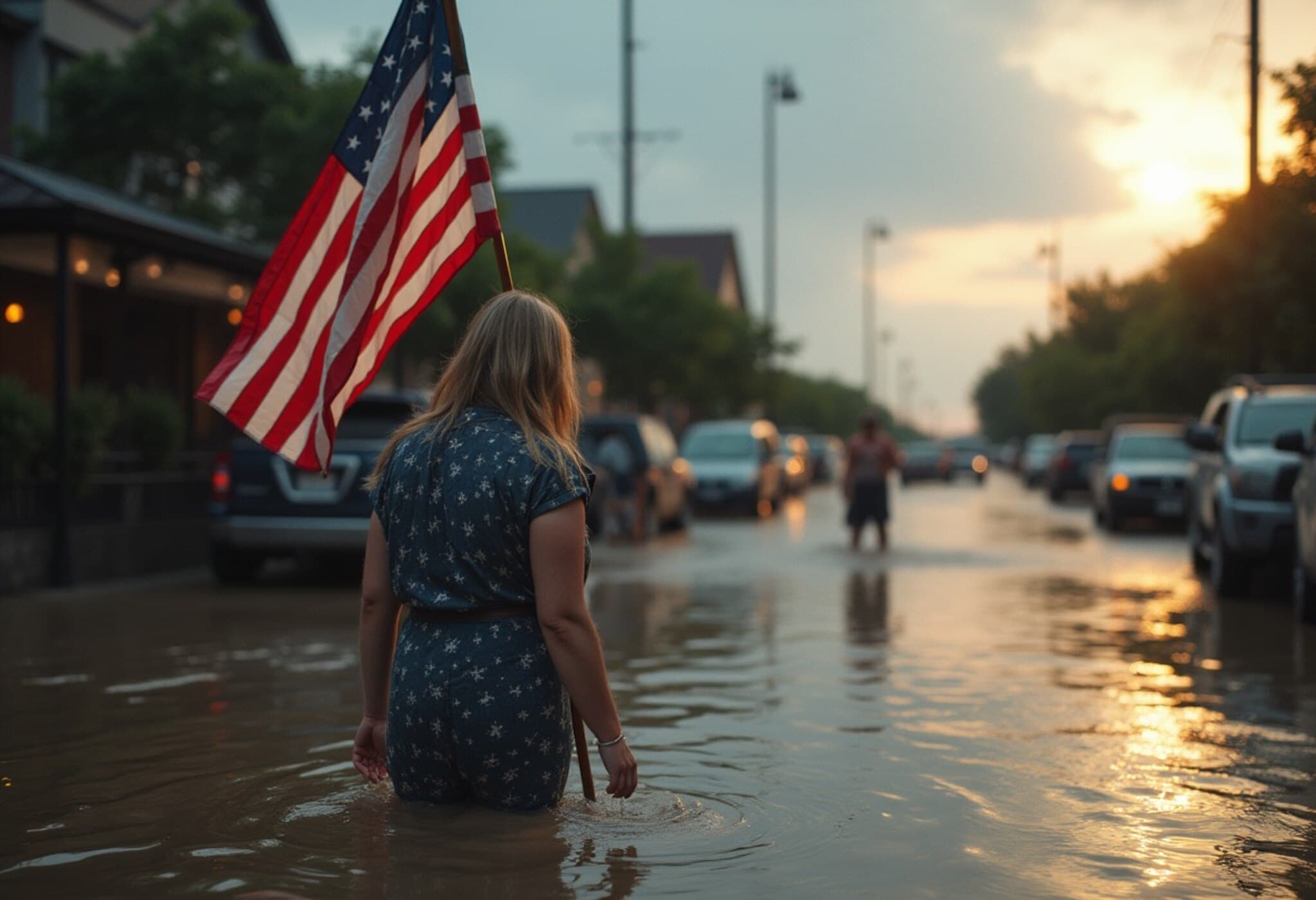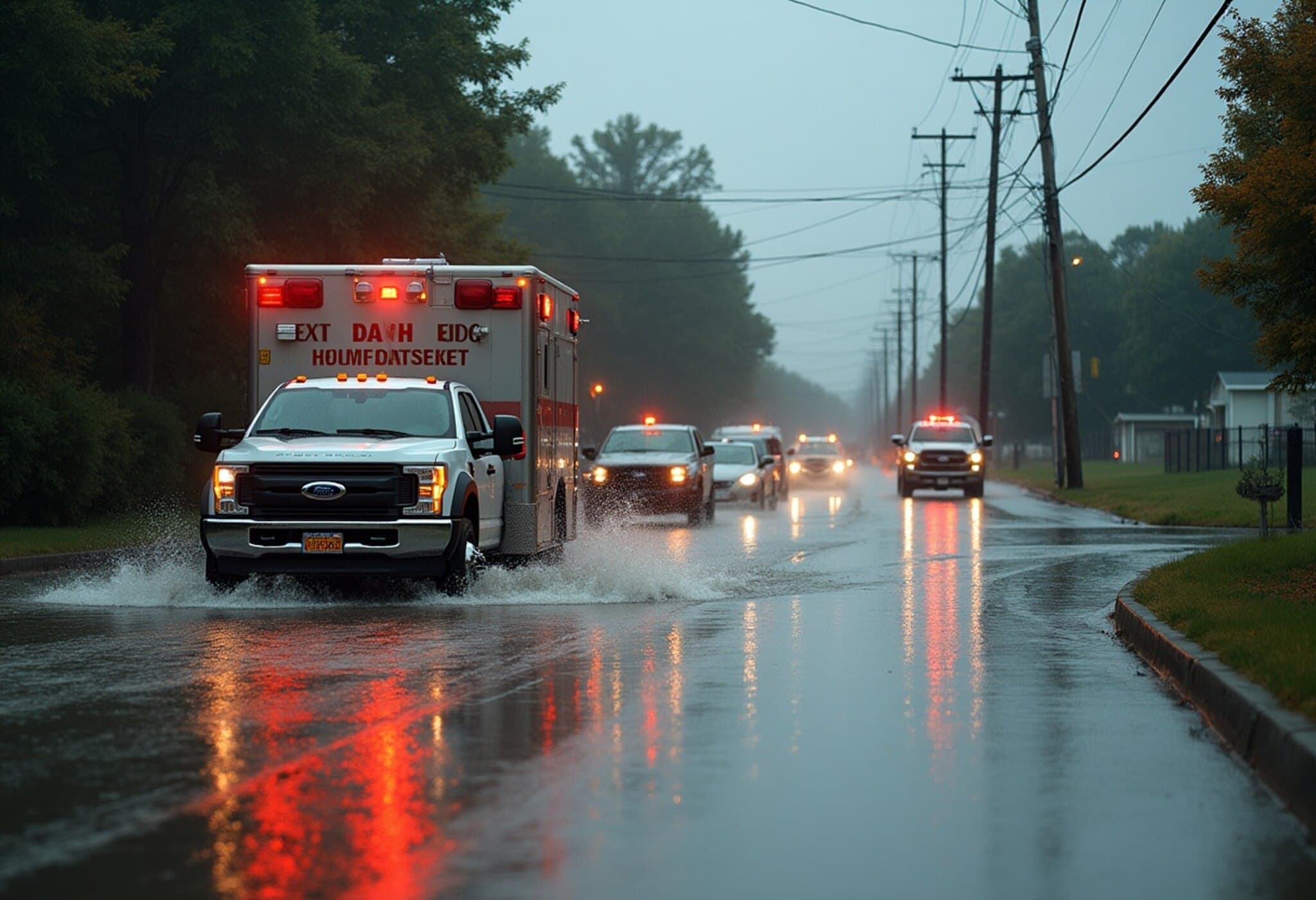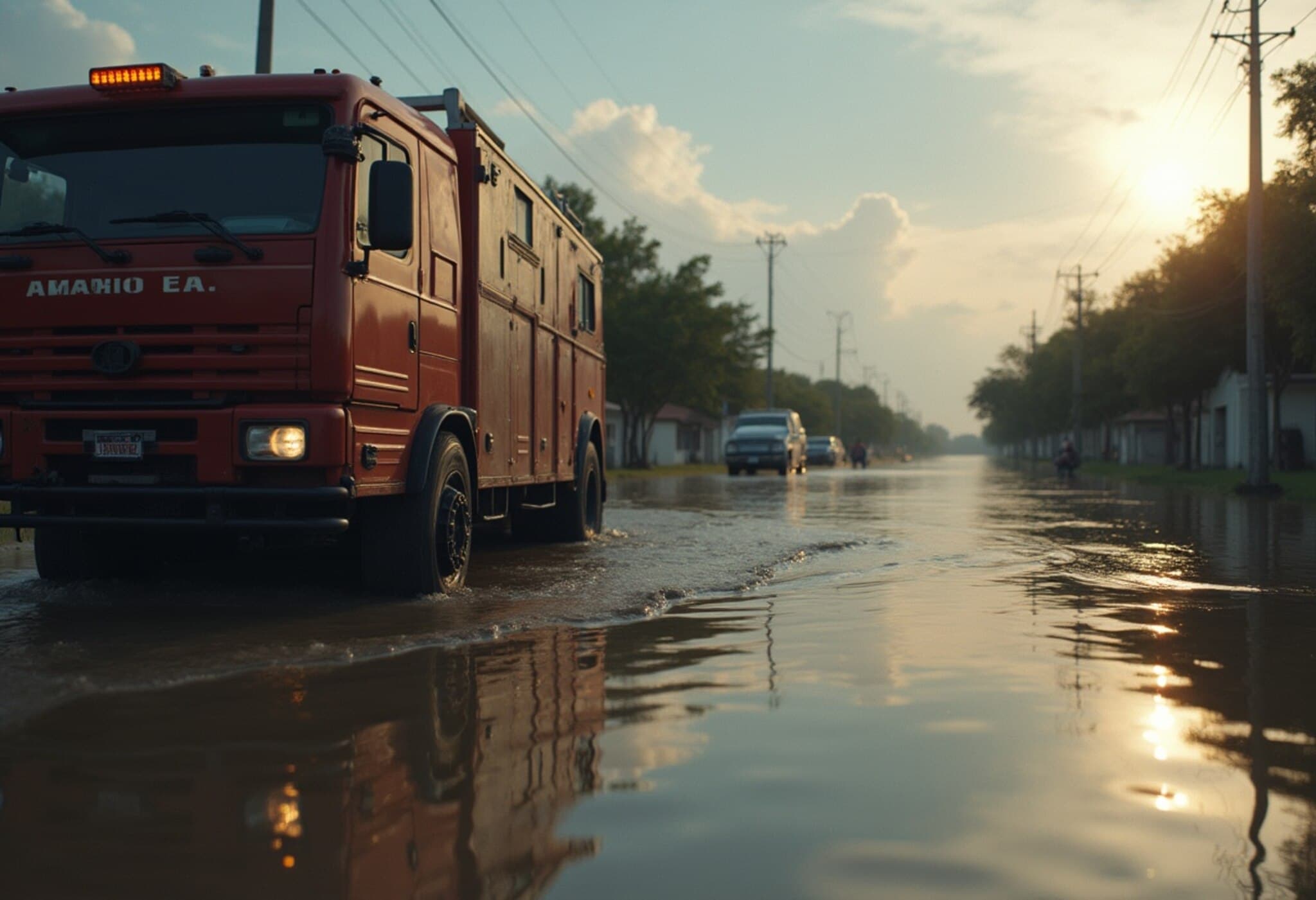Trump Visits Central Texas Amid Historic Flood Devastation
On July 12, 2025, former US President Donald Trump made a poignant visit to a small Texas town left reeling from catastrophic flooding, marking a significant moment for the community still grappling with the aftermath. The damage, Trump remarked, was unlike anything he had ever witnessed.
Unfolding Aftermath of Central Texas Floods
The recent flooding in central Texas followed days of relentless storms, leading to widespread displacement, destroyed homes, and disrupted lives. While natural disasters are not new to the region, experts warn that climate change’s increasing intensity of weather events is placing a heavier burden on local infrastructure and recovery systems.
Details of Trump’s Visit and Its Significance
During his visit, Trump toured some of the hardest-hit neighborhoods and engaged directly with residents, emergency responders, and local officials. His presence brought national attention to the community’s plight, highlighting the urgency of immediate relief efforts and long-term resilience planning.
- Community engagement: Trump met with families who lost their homes, emphasizing federal support.
- Emergency response: He praised first responders and volunteers working tirelessly in unstable conditions.
- Infrastructure concerns: Discussions centered around rebuilding flood defenses to mitigate future disasters.
Expert Insight: The Broader Implications of Repeated Flooding
Flooding in Texas, while historically recurring, is becoming more severe and frequent. Climate policy analyst Dr. Emily Reyes commented, "Events like these are a wake-up call for federal and state leaders to prioritize climate adaptation and invest in infrastructure resilience, especially as vulnerable communities bear the brunt."
The visit also raises political questions about disaster preparedness and the adequacy of current funding mechanisms for recovery, a critical concern as Texas continues to grow rapidly.
Underreported Dimensions: Mental Health and Economic Impact
Beyond immediate physical destruction, floods inflict deep psychological stress and economic hardship on residents. Local mental health professionals are urging increased support services to address trauma and displacement challenges that often go unnoticed in the rush to rebuild.
Looking Ahead: Recovery and Resilience in Focus
As Texas assesses the full scale of this disaster, the eyes of the nation remain on how government, communities, and private sectors will collaborate to restore stability and build long-term resilience.
The hope among many residents is that the spotlight this visit brings will translate into meaningful action, ensuring that future generations are safer and better prepared.
Editor's Note
Trump’s visit shines a light on the tangible human toll behind headlines of natural disasters. Beyond the dramatic imagery lies a complex intersection of climate realities, policy response, and community resilience efforts. How will Texas harness this moment to innovate in disaster recovery? And what lessons can other vulnerable regions glean about preparedness and support? These questions underscore the evolving narrative of America’s response to climate-driven crises.



















